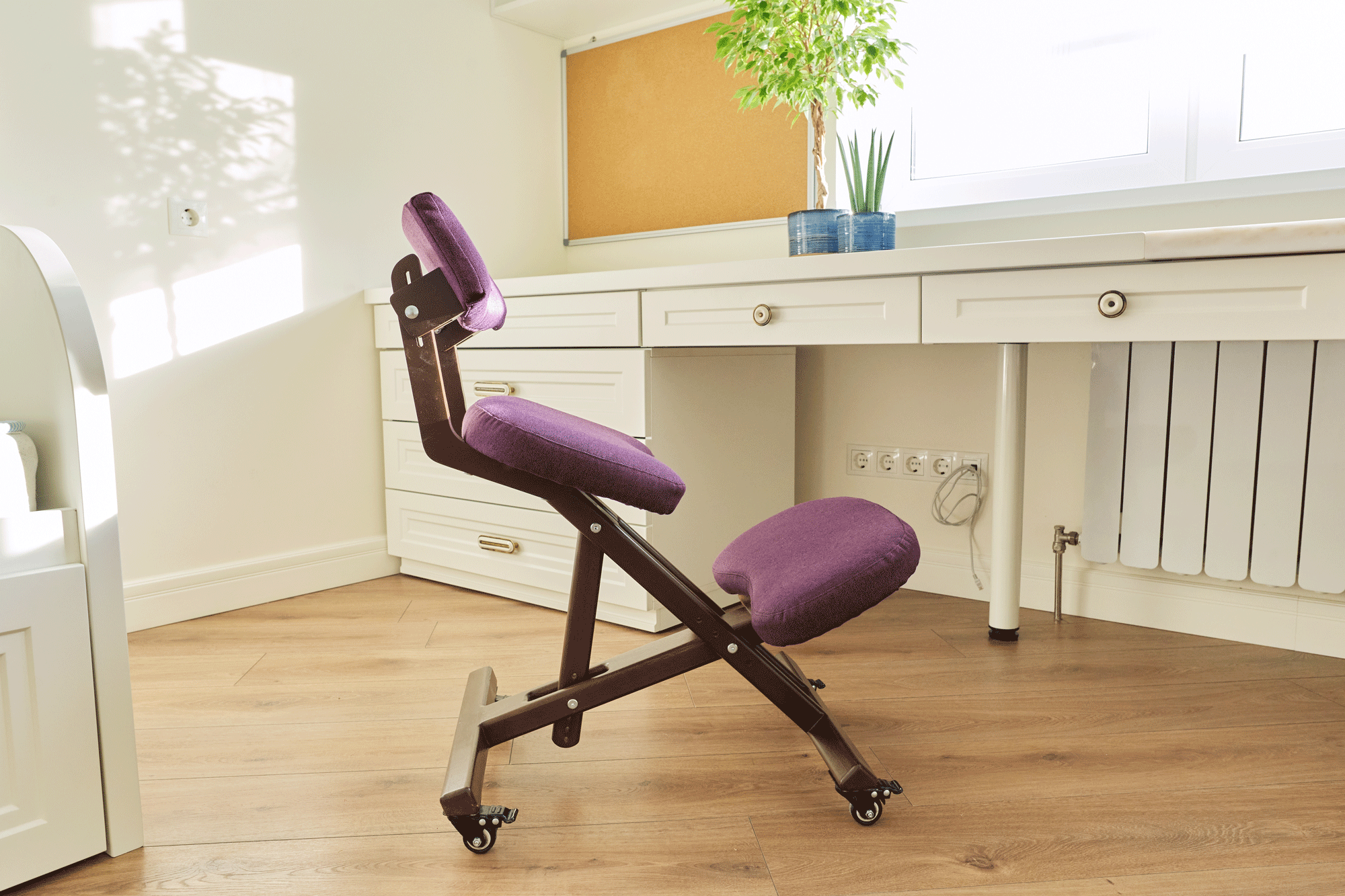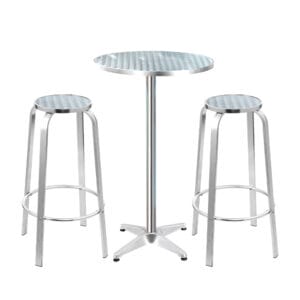
The Impact of Furniture Ergonomics on Your Health
Introduction
When we think about health and well-being, we often focus on aspects like exercise, nutrition, and mental health. However, one critical factor that significantly influences our overall well-being is often overlooked: furniture ergonomics. The way we interact with the furniture in our homes and workplaces can have a profound impact on our physical health, comfort, and productivity. In this article, we will explore the importance of furniture ergonomics and how it can positively affect your health and well-being.
Understanding Furniture Ergonomics
Furniture ergonomics is the science of designing furniture and workspaces to fit the physical needs and capabilities of individuals. It aims to create furniture that promotes comfort, efficiency, and safety, ultimately reducing the risk of musculoskeletal disorders and discomfort.
Improving Posture and Reducing Pain
Ergonomically designed furniture, such as adjustable office chairs and desks, helps maintain proper posture and reduces strain on the spine, neck, and shoulders. By providing support where needed, ergonomic furniture minimizes the risk of developing chronic pain and related issues.
Enhancing Comfort and Productivity
Comfortable furniture allows individuals to focus better on their tasks, whether it’s working at a desk or relaxing on a sofa. When you are comfortable, you are more likely to be productive and experience fewer distractions due to discomfort.
Supporting Spinal Health
Ergonomic chairs with lumbar support and adjustable height can significantly improve spinal health by maintaining the natural curvature of the spine. This support reduces the risk of spinal misalignment and related back problems.
Preventing Repetitive Strain Injuries (RSIs)
Repetitive movements and awkward postures can lead to RSIs over time. Ergonomic furniture, such as keyboard trays and adjustable monitor stands, can prevent these injuries by promoting neutral wrist and arm positions.
Boosting Circulation and Energy Levels
Sitting in poorly designed furniture for extended periods can hinder blood circulation and lead to feelings of fatigue. Ergonomic furniture encourages movement and provides comfort, leading to increased energy levels and improved circulation.
Reducing Eye Strain
Ergonomic setups, like adjustable monitor height and proper lighting, help reduce eye strain and discomfort associated with prolonged screen exposure.
Enhancing Overall Well-Being
By investing in ergonomic furniture, you are investing in your overall well-being. Better physical health, reduced pain, and increased comfort contribute to a positive state of mind and improved quality of life.
Conclusion
Furniture ergonomics plays a vital role in shaping our health and well-being. From supporting proper posture and spinal health to reducing pain and boosting productivity, ergonomic furniture is a valuable investment for anyone who values their health and comfort. Whether at home or in the workplace, prioritizing ergonomics in furniture choices can lead to a happier, healthier, and more fulfilling life.
In Conclusion
Thread count undoubtedly plays a role in the overall feel and comfort of your bedding, but it’s not the sole factor to consider. Remember to balance thread count with fabric quality, weaving technique, and your personal preferences. Explore different options to find the perfect bedding that suits your needs and brings you a restful and delightful night’s sleep. Sweet dreams!














